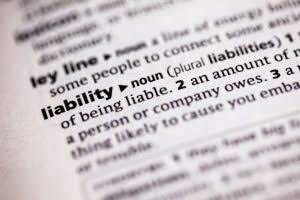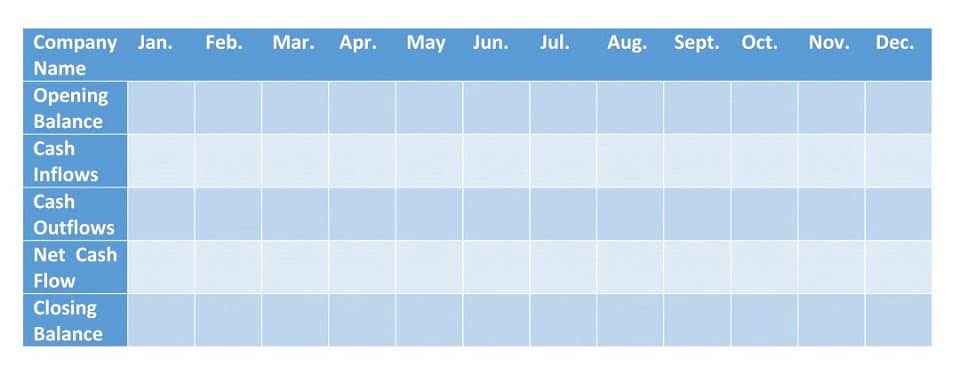Lawyer Retainer Cost How Much Do Retainers Cost? Full Details

However, ALIGNERCO stands out as a provider of affordable, high-quality clear retainers. By familiarizing themselves with these terms, stakeholders can better navigate retention agreements. Ensuring that all financial processes align with project goals and timelines. Retention payable is the total amount of withheld funds due to be released to the contractor or subcontractor upon successful completion of the project. This release is typically contingent on the project owner’s satisfaction with the work. Including the resolution of any defects, and the fulfillment of all contractual obligations.
- Retainership providers or service providers may be individuals (in most cases) or corporate entities with a group of experts.
- Earned and unearned retainer fees are two forms of retainer fees utilized in attorney fee agreements.
- When it comes to retainer fees, there are certain legal aspects freelancers must consider.
- Without coverage, retainers can be a significant out-of-pocket expense, but providers like ALIGNERCO offer affordable options to ease the financial burden.
- These are questions you need to answer before implementing a retainer fee system.
- It is a financial safeguard for project owners to ensure the contractor completes the work to the agreed standard.
Clients Can Easily Access Service Providers’ Skills

In this blog, we’ll explore retainer fees, their purpose, types, and significance in various professional fields. Another critical factor in calculating retainer fees is the client’s budget and expectations. Open communication with the client about their financial constraints and service expectations can help in setting a fee that is both fair and acceptable to both parties.
Include Dates
- Clients prepay for a set number of hours or services each month, ensuring the freelancer’s availability.
- The cost usually falls between $250 to $500 per arch, depending on the material used and the dentist’s fees.
- Many retainer fee agreements contain a clause that asks the client to give up his right to a jury trial and to settle any claims between an attorney and a client by an arbitrator.
- The client authorises the service provider to provide their services during this time period.
- Contractors or subcontractors issue invoices that clearly indicate the total payment for work completed, the portion retained, and the net amount payable.
If you have any questions or issues regarding a retainer fee, it is important to consult with your attorney directly to see if you are able to have your issues resolved. However, if you still have an issue with retainer fees that you have paid on a case, an experienced lawyer may be able to help you recover any ill gotten retainer fees. In general, a potential client will first undergo a consultation with an attorney where the prospective client will outline their legal issues. After considering unearned revenue the client’s legal needs, the lawyer will then often present the prospective client with a fee agreement.

FAQs about Retainer Fees

Or perhaps a bride and groom place a deposit to reserve their wedding venue. That deposit’s purpose is to hold the venue for their desired date; it is separate from the actual fee of the event cost. Transparent payment terms are essential for building trust and avoiding conflicts. If your lawyer concludes your case without having spent the whole retainer, you are entitled to have the remaining money given back to you. Based on this information, it is important to remember that these are simply anecdotes and averages based on a selection of lawyers across the United States. Some retainers are non-refundable, while others may return unused portions if the case concludes early.
- This is typically agreed upon in the contract, with standard rates ranging between 5% and 10% of the payment.
- Lawyers must show that they have done enough work before taking money out of this fund.
- An unearned retainer fee is the amount of money that an attorney has collected at the outset of the representation but has not yet earned it by performing legal services for his client.
- This transparency and clarity contribute to a more seamless and mutually beneficial working relationship.
- Often, when a client signs a retainer fee agreement, he is signing a one-sided document that contains many terms that are in there to protect the attorney and his law firm.
- Christy Bieber has a JD from UCLA School of Law and began her career as a college instructor and textbook author.
Once you’ve laid the groundwork, it’s time to decide on the retainer fee amount. This can be one of the most challenging aspects of setting up a retainer fee, but there are several factors you can consider to help guide your decision. This could be the number of hours you’ll work, the number of deliverables you’ll produce, or the duration of the project. The nature of retainer fee your work and the client’s expectations will largely dictate this. Setting up a retainer fee might sound complex at first, but it’s fairly straightforward once you understand the basics. Here’s a step-by-step guide for freelancers looking to set up a retainer fee.

What Is a Retainer Fee and How Is It Determined?
- Lawyers calculate these fees by multiplying hourly charges by the number of hours it will take to complete the case.
- A retainer agreement may be paid to an attorney in a personal injury case.
- Understanding these types can help clients and professionals choose the most suitable arrangement for their specific situation.
- Thus, they should be crafted in a way that is reasonable and well-suited for all parties involved.
- Whether you’re facing a criminal charge or require guidance on complex legal matters, having a retainer fee set up can be a lifesaver.
- If the client’s case is resolved before reaching the five-hour limit, the lawyer refunds the remaining portion of the retainer to the client.
- He makes an upfront payment that covers the legal fees of the lawyer for the service.
When lawyers get Partnership Accounting this fee, they agree to focus on your case and give the legal help you agreed on. It ensures the service provider’s availability until completion of the project, regardless of the project’s duration. Task-based retainers are common in industries like marketing, where clients may need support for a particular campaign or initiative. General retainers don’t specify a particular project but keep the service provider on standby for services within their expertise. They are common when clients anticipate needing ongoing advice or assistance. There are two types of retainer fees that can be used when collecting payment.